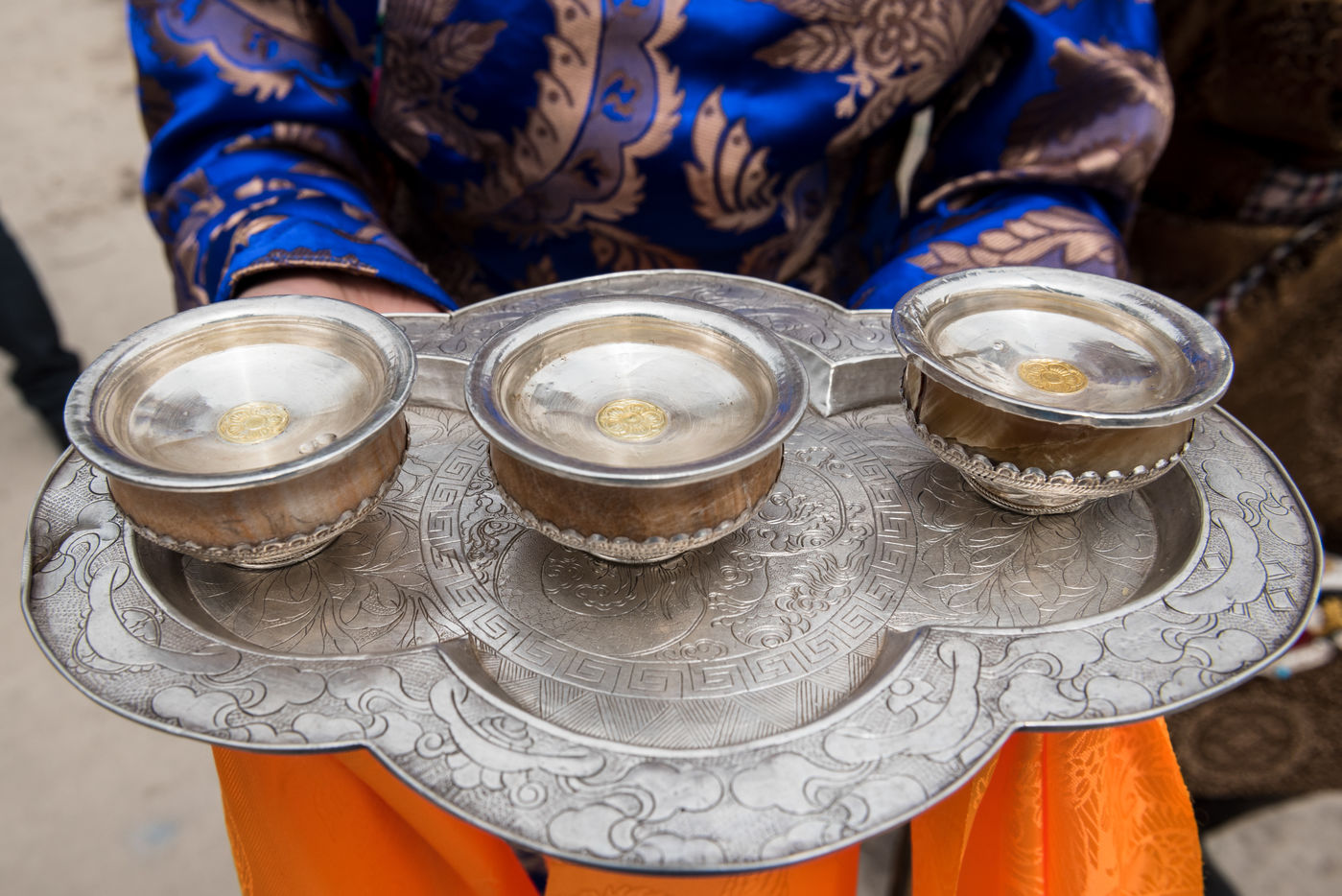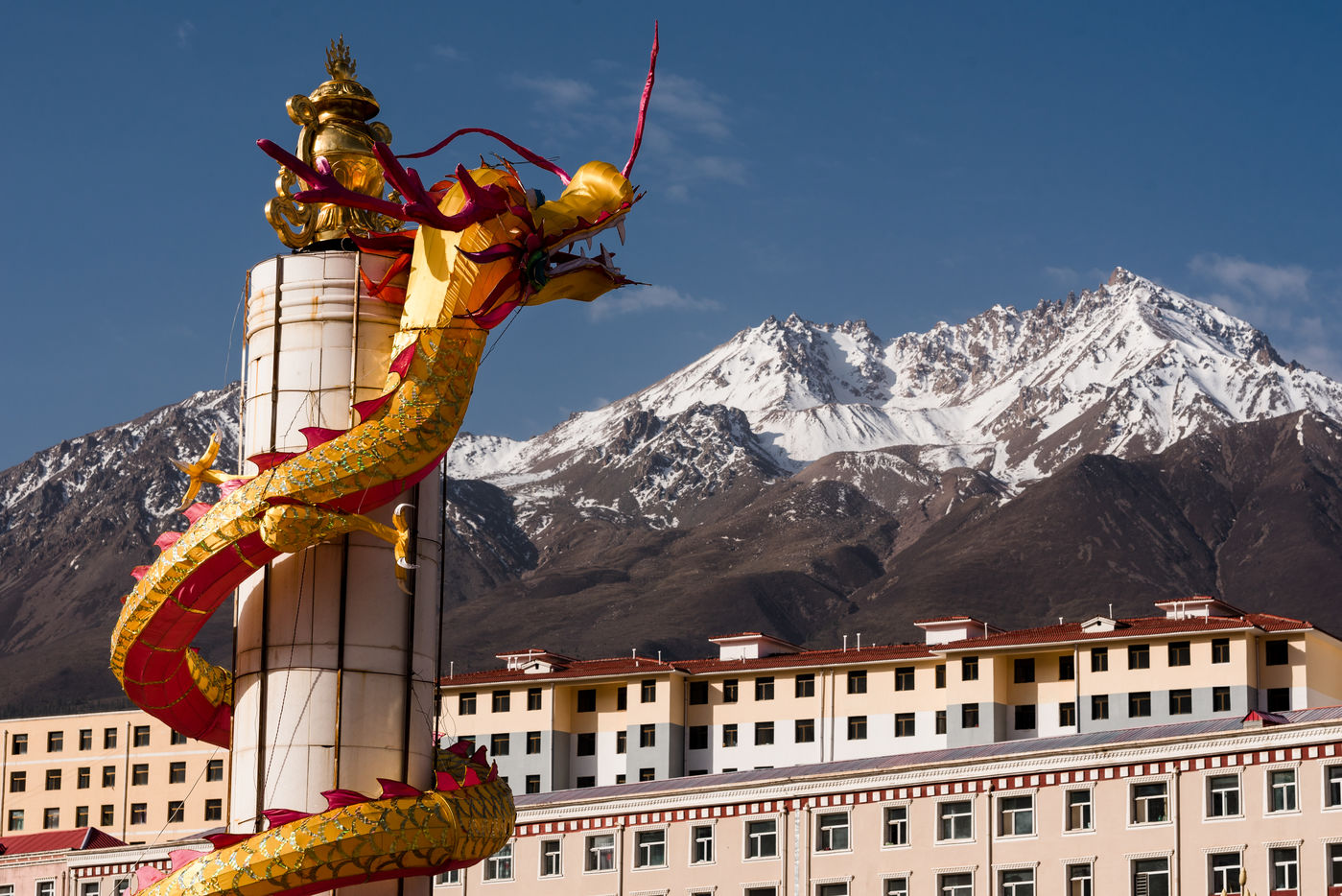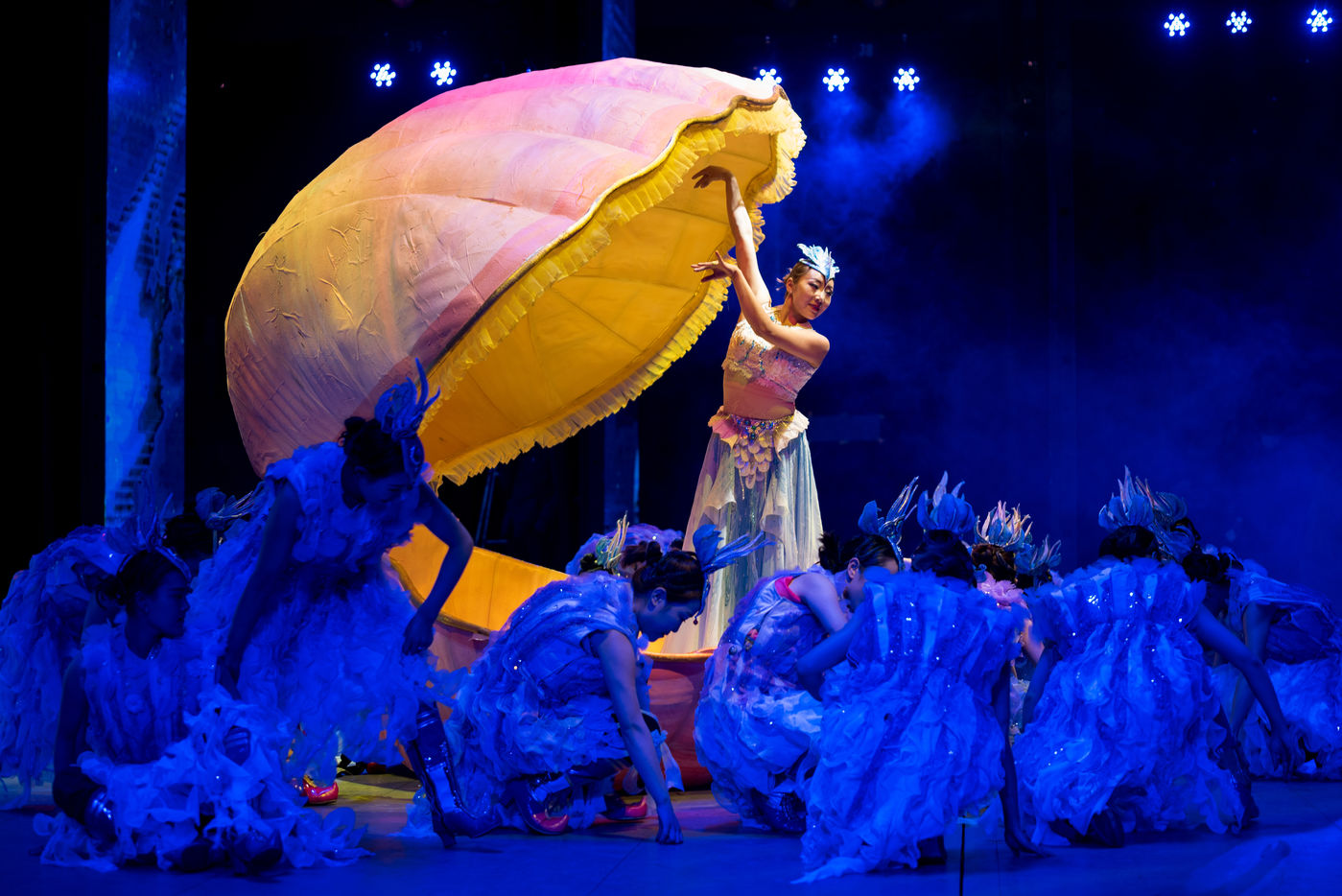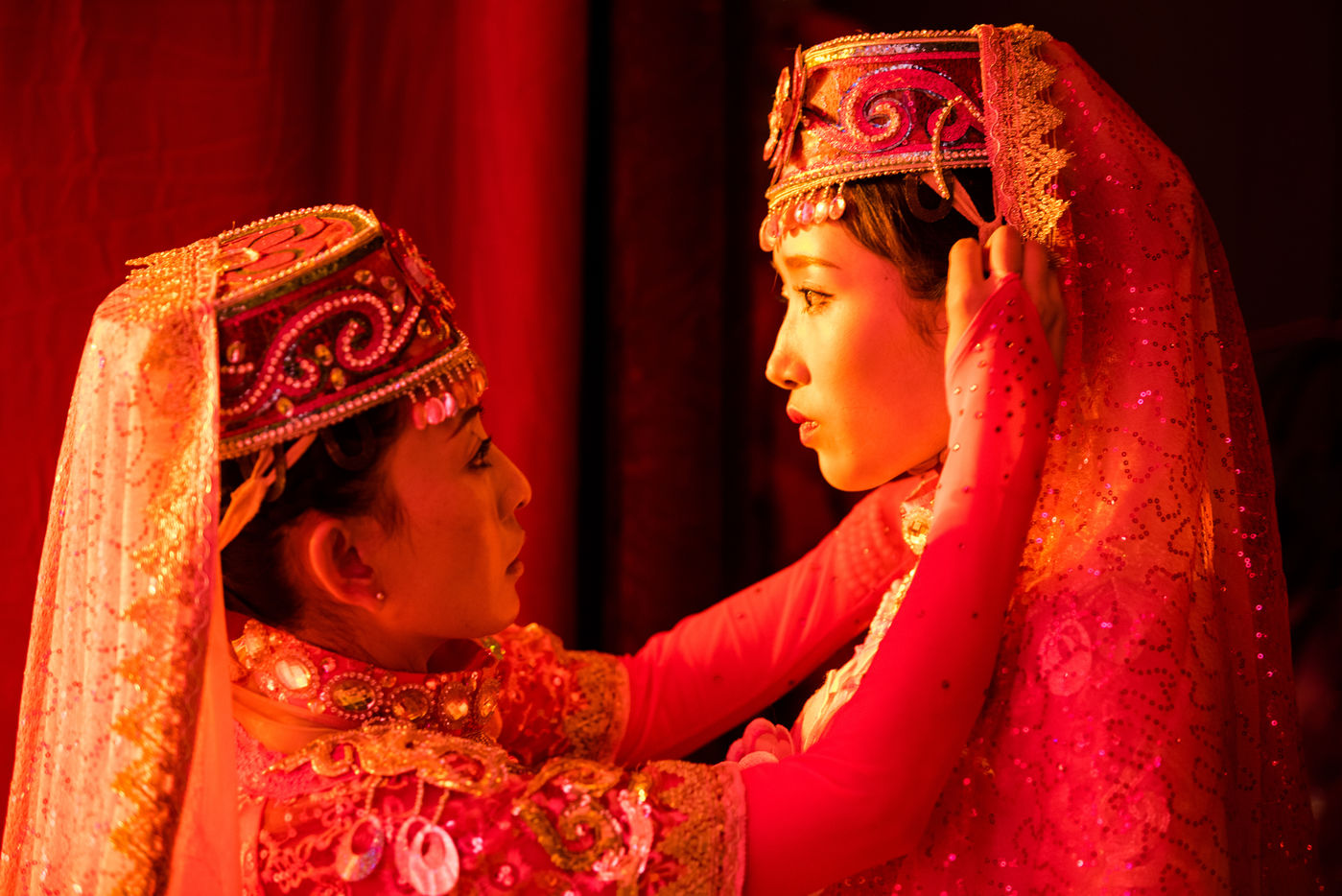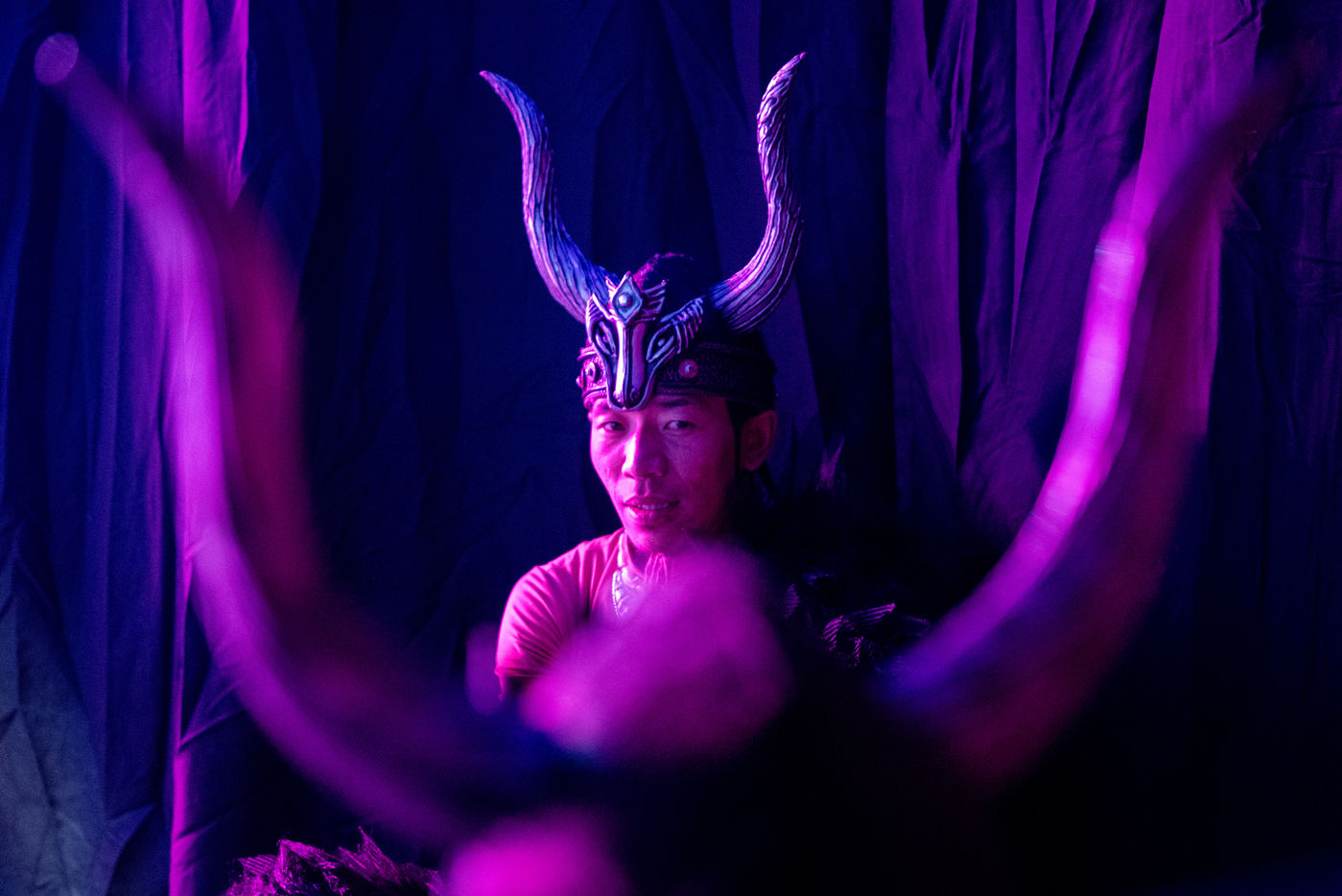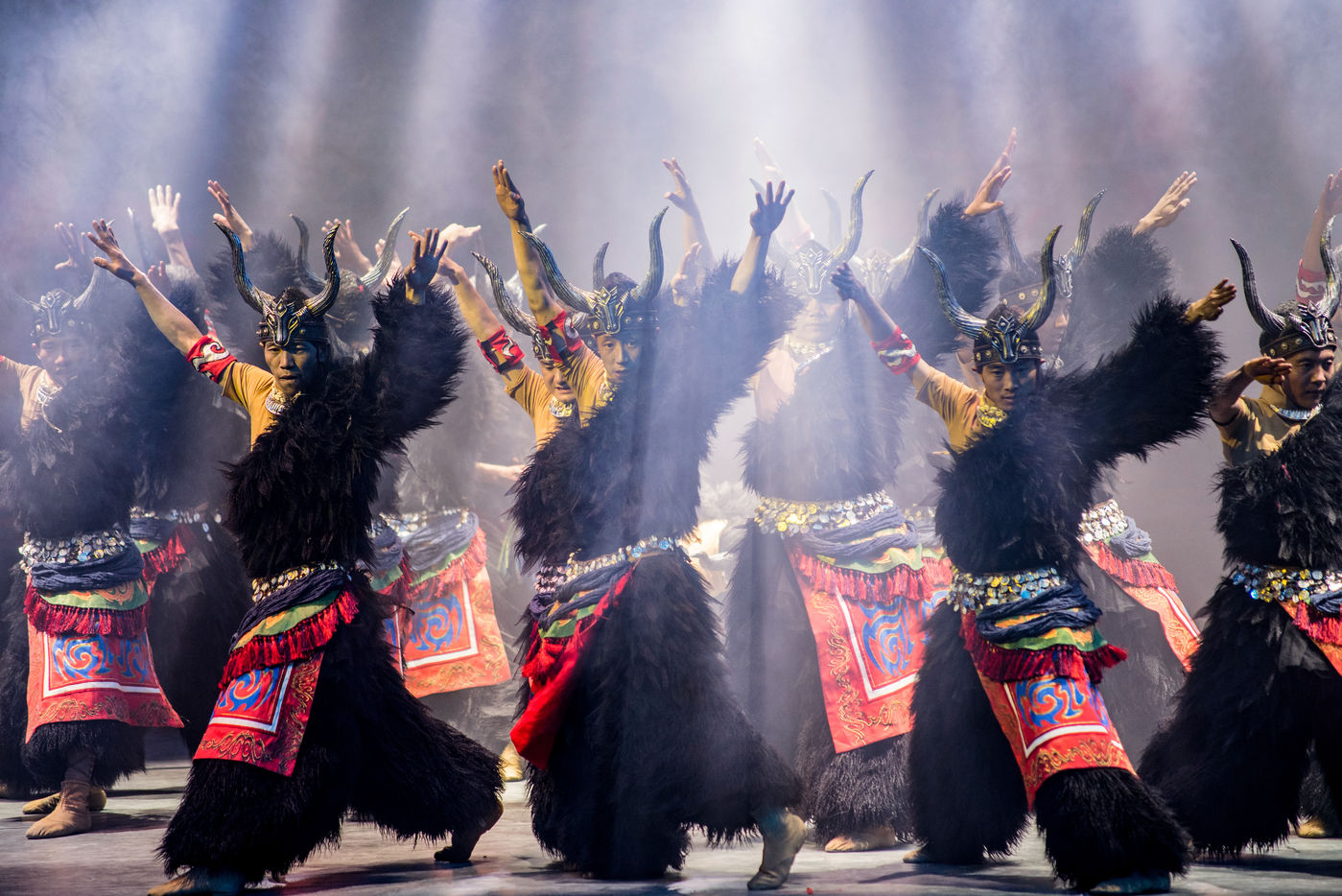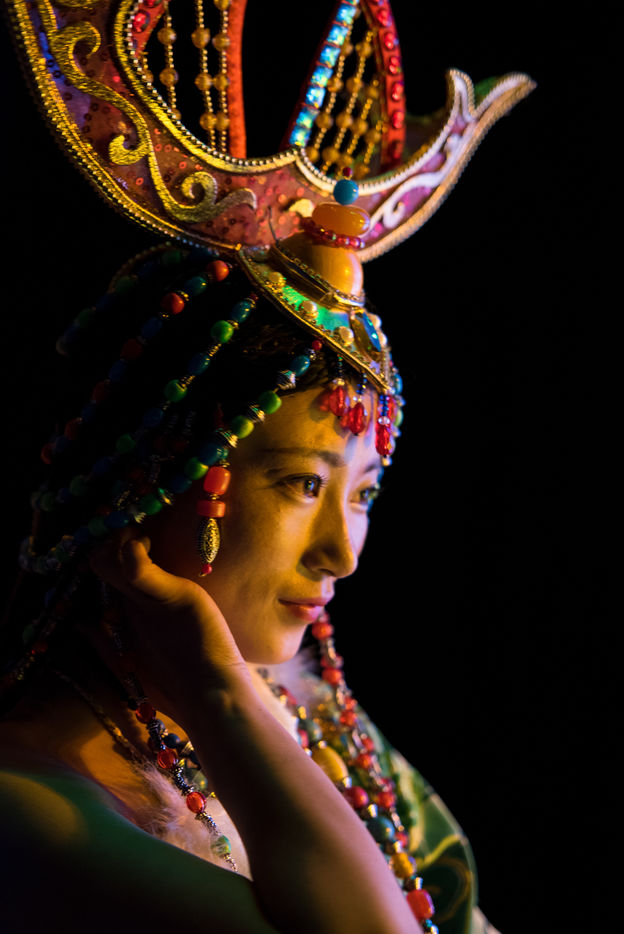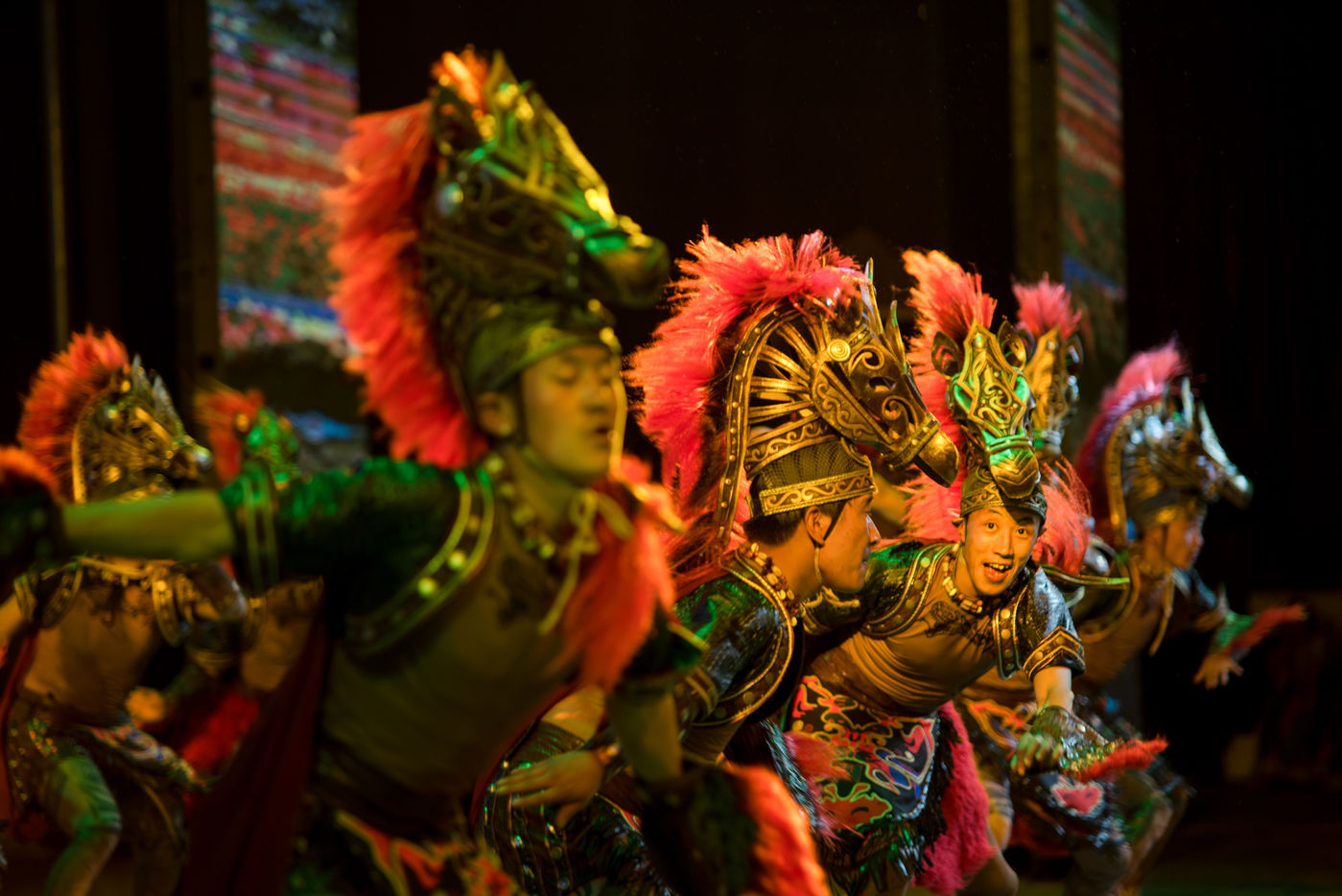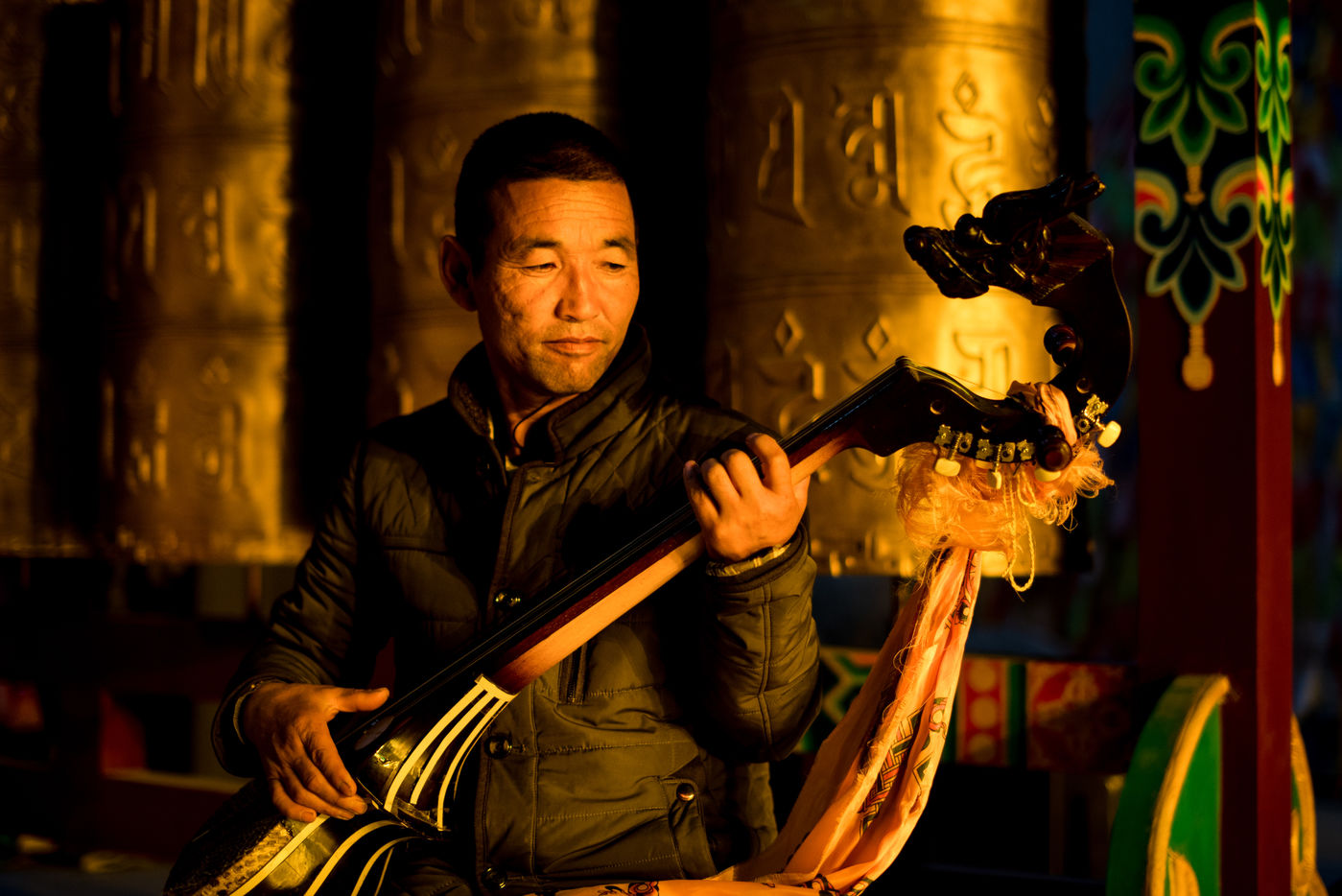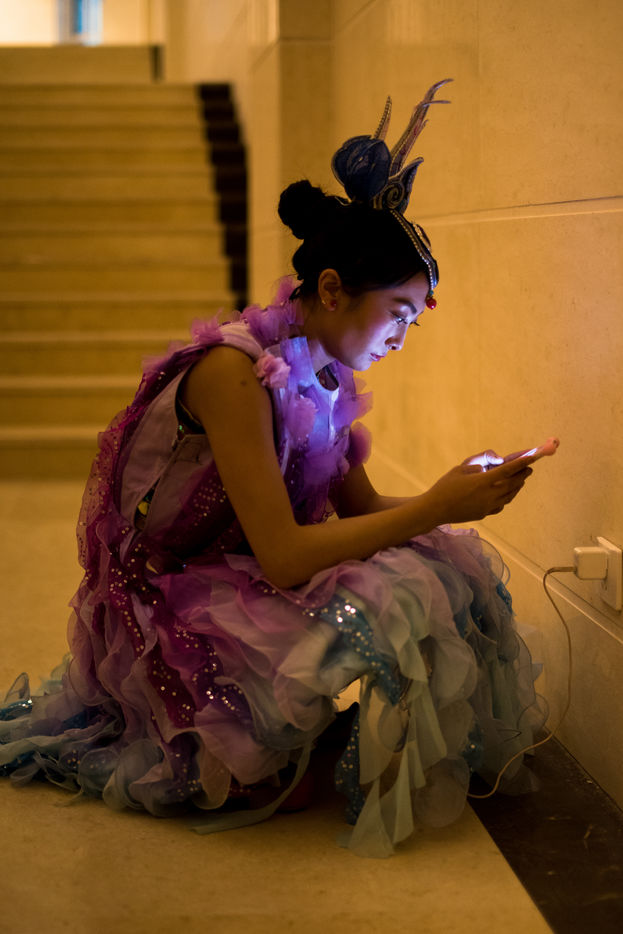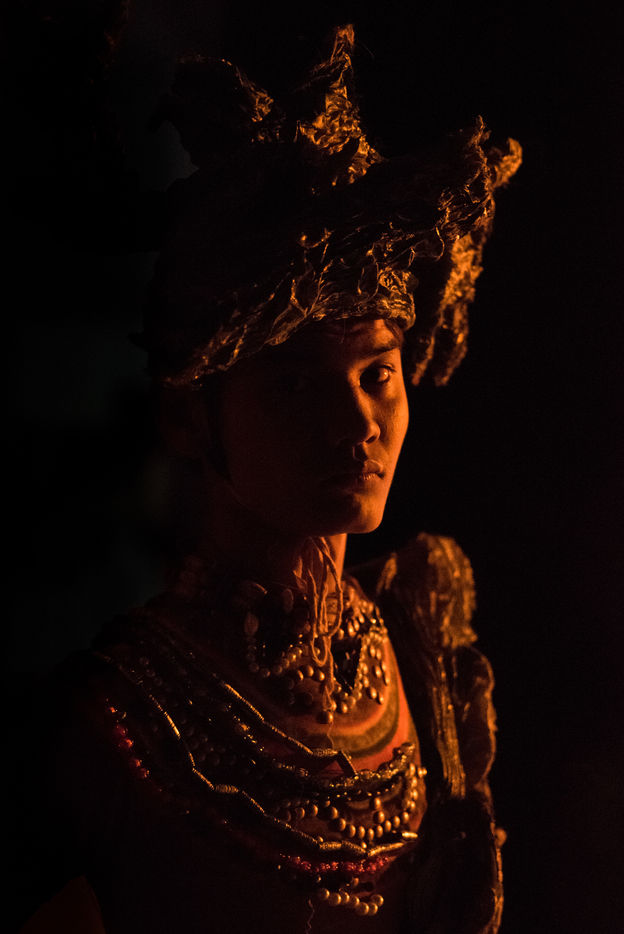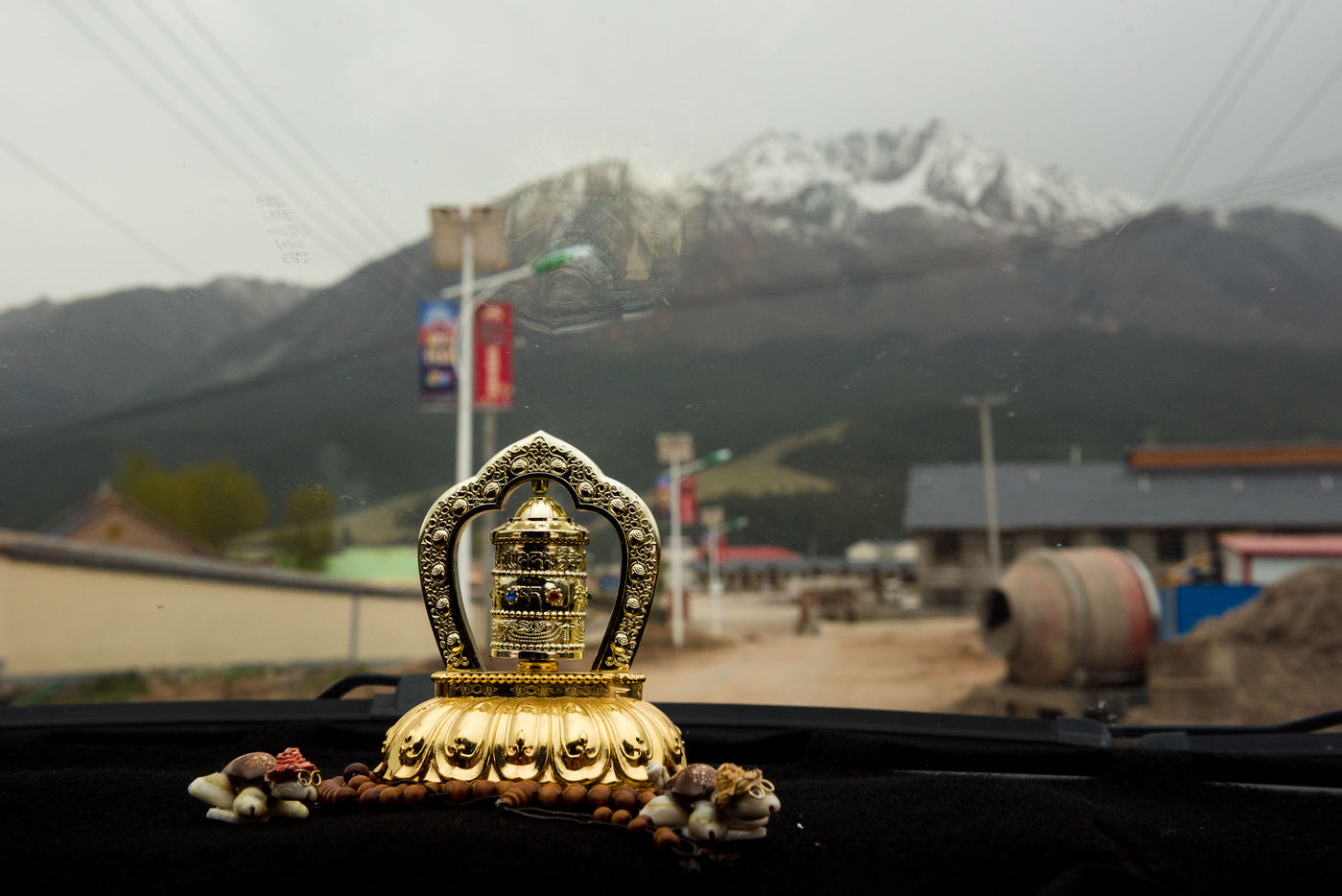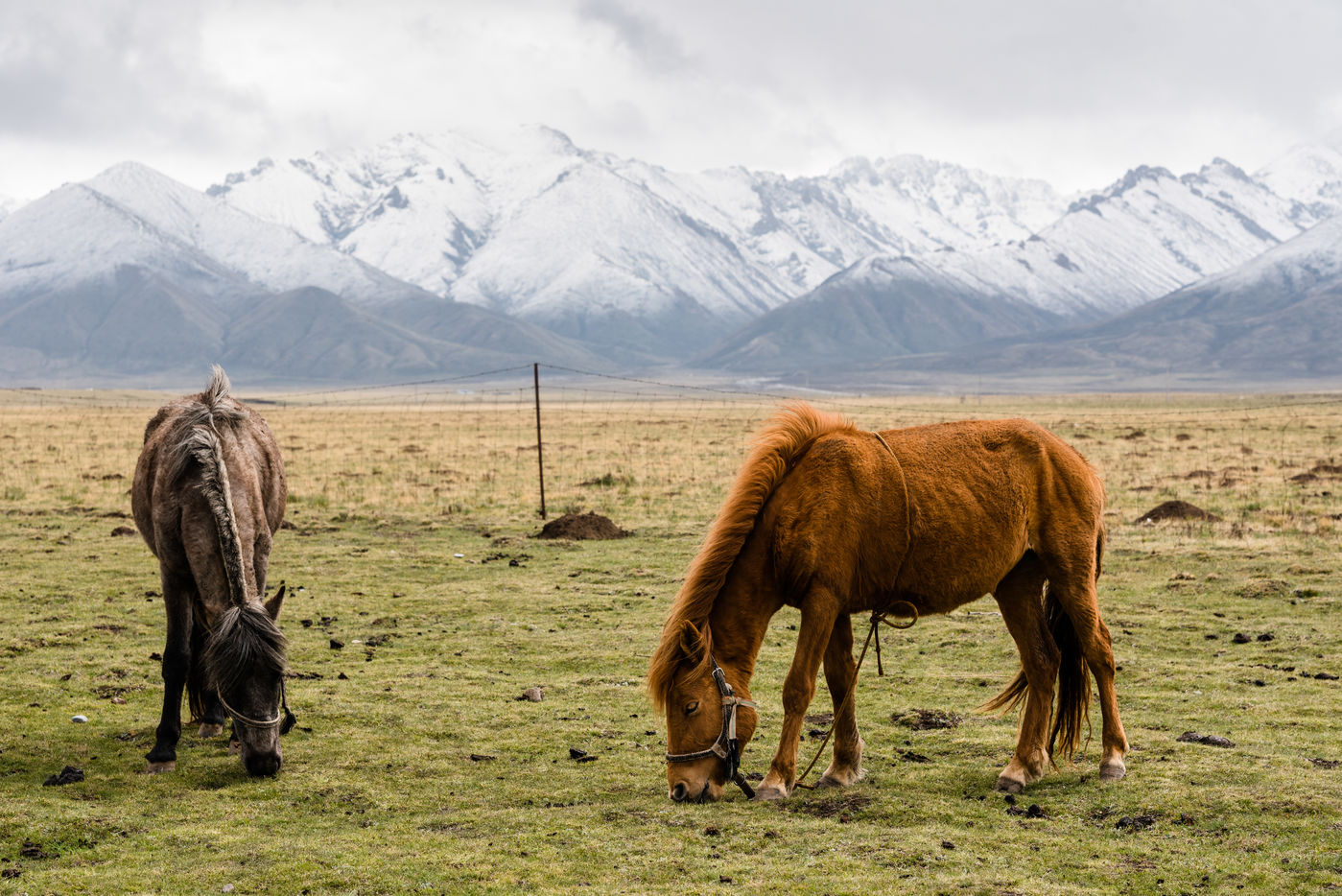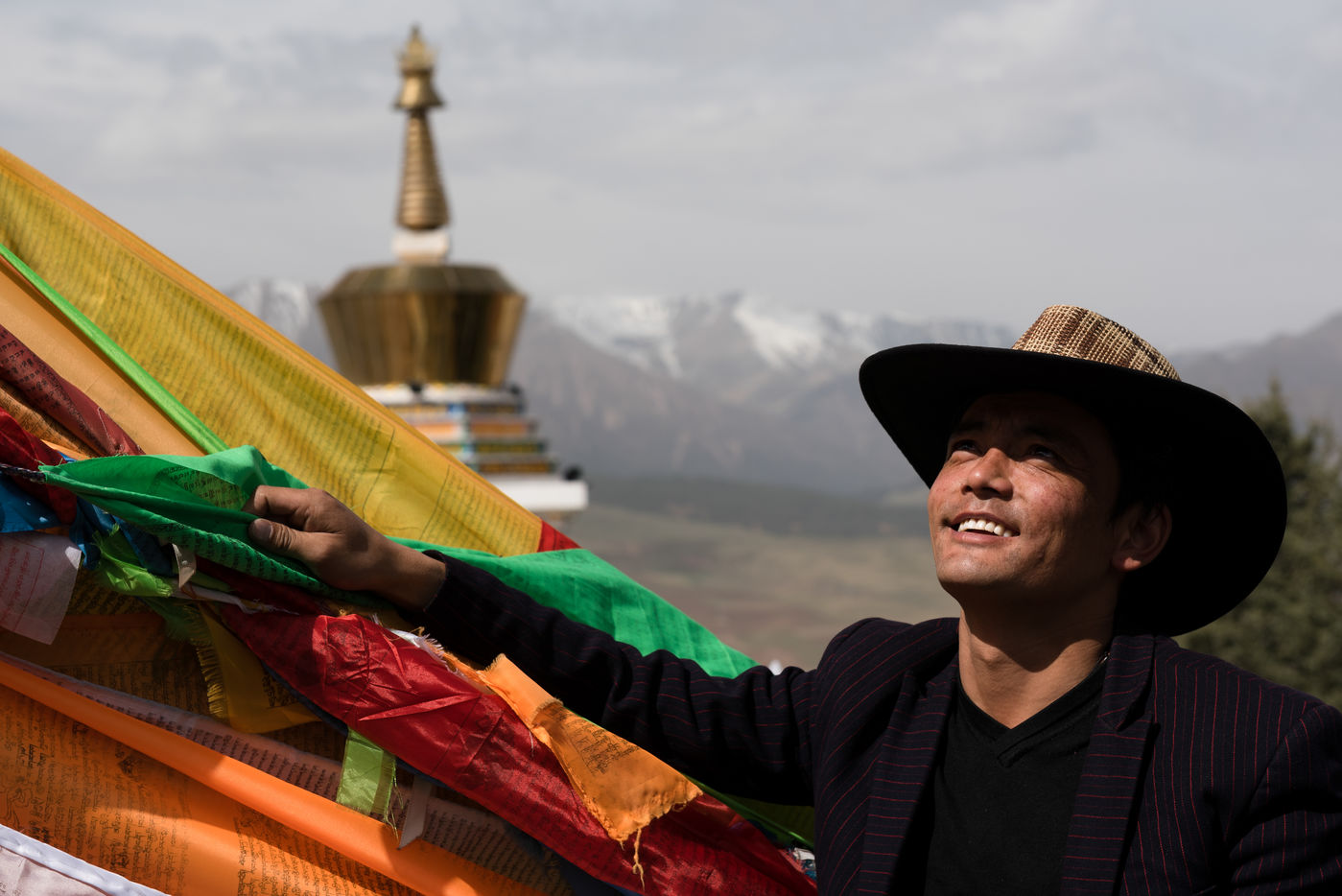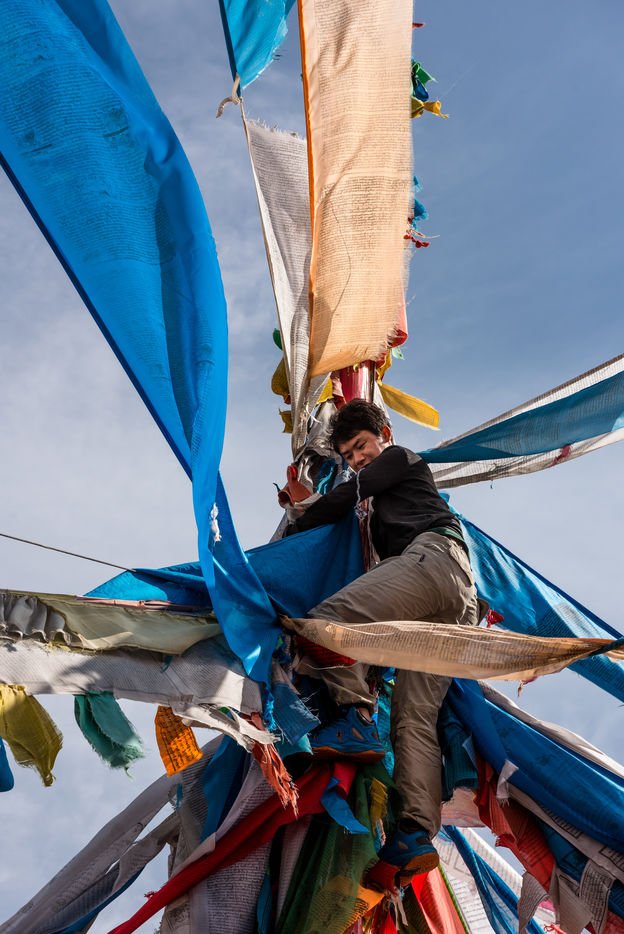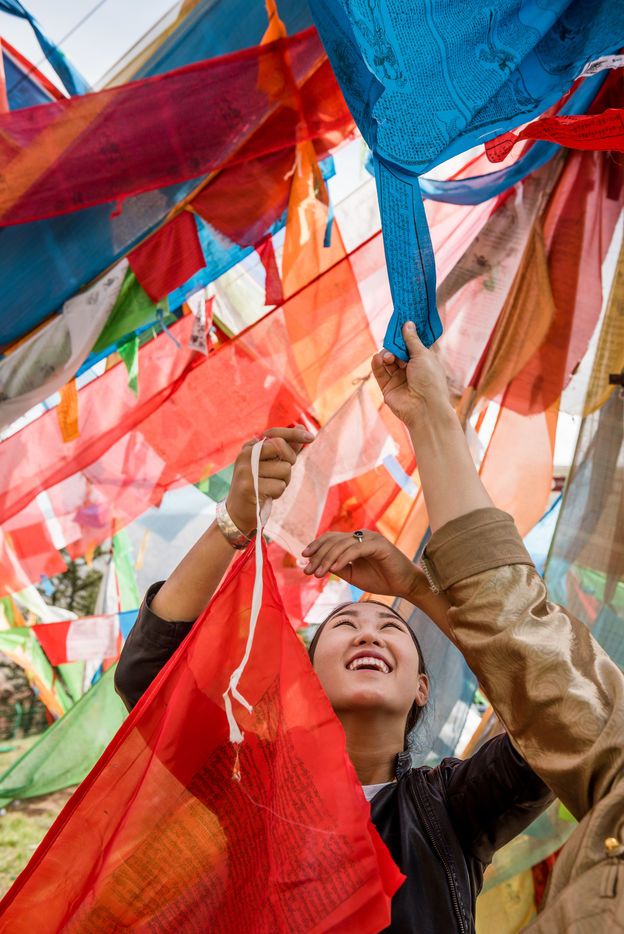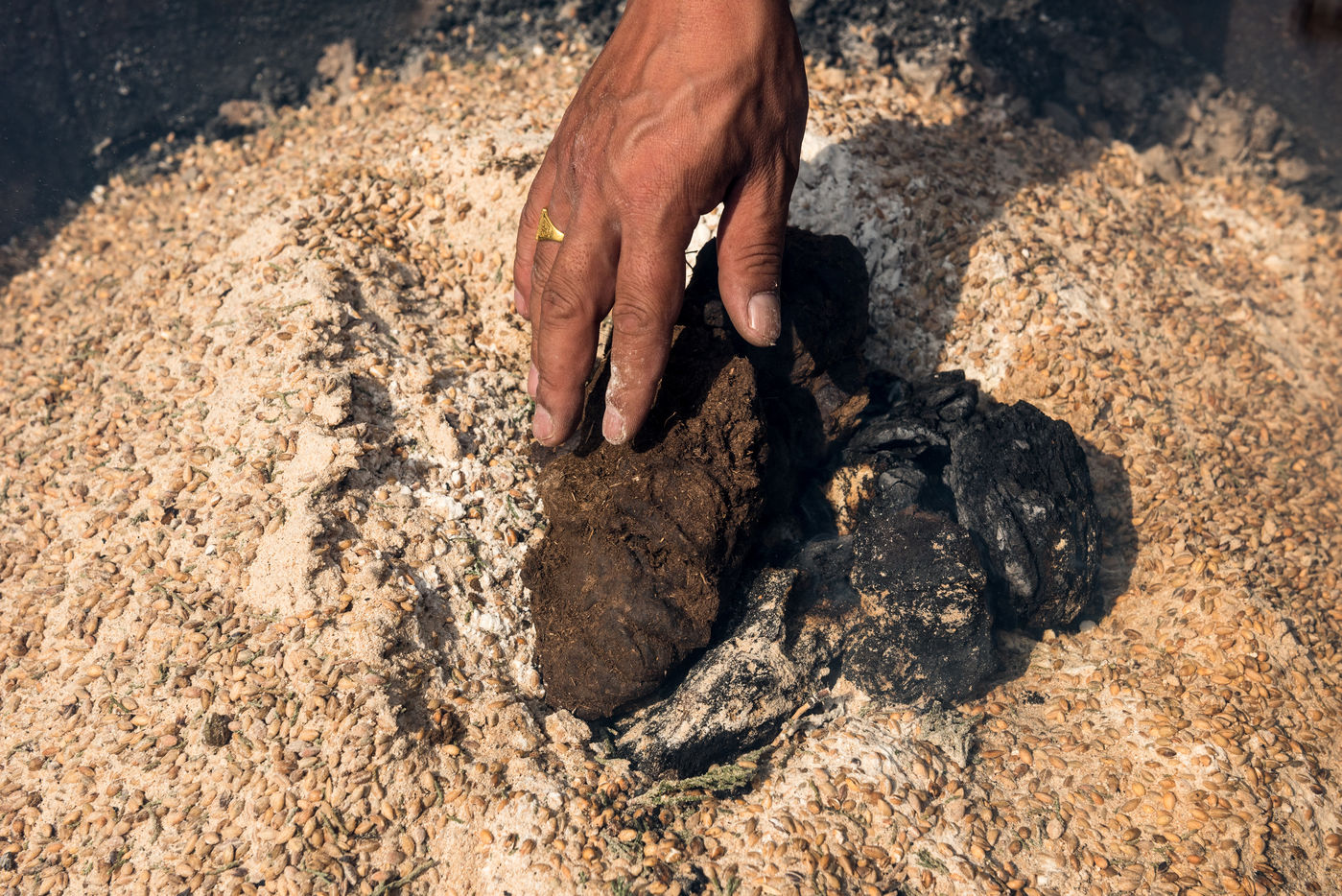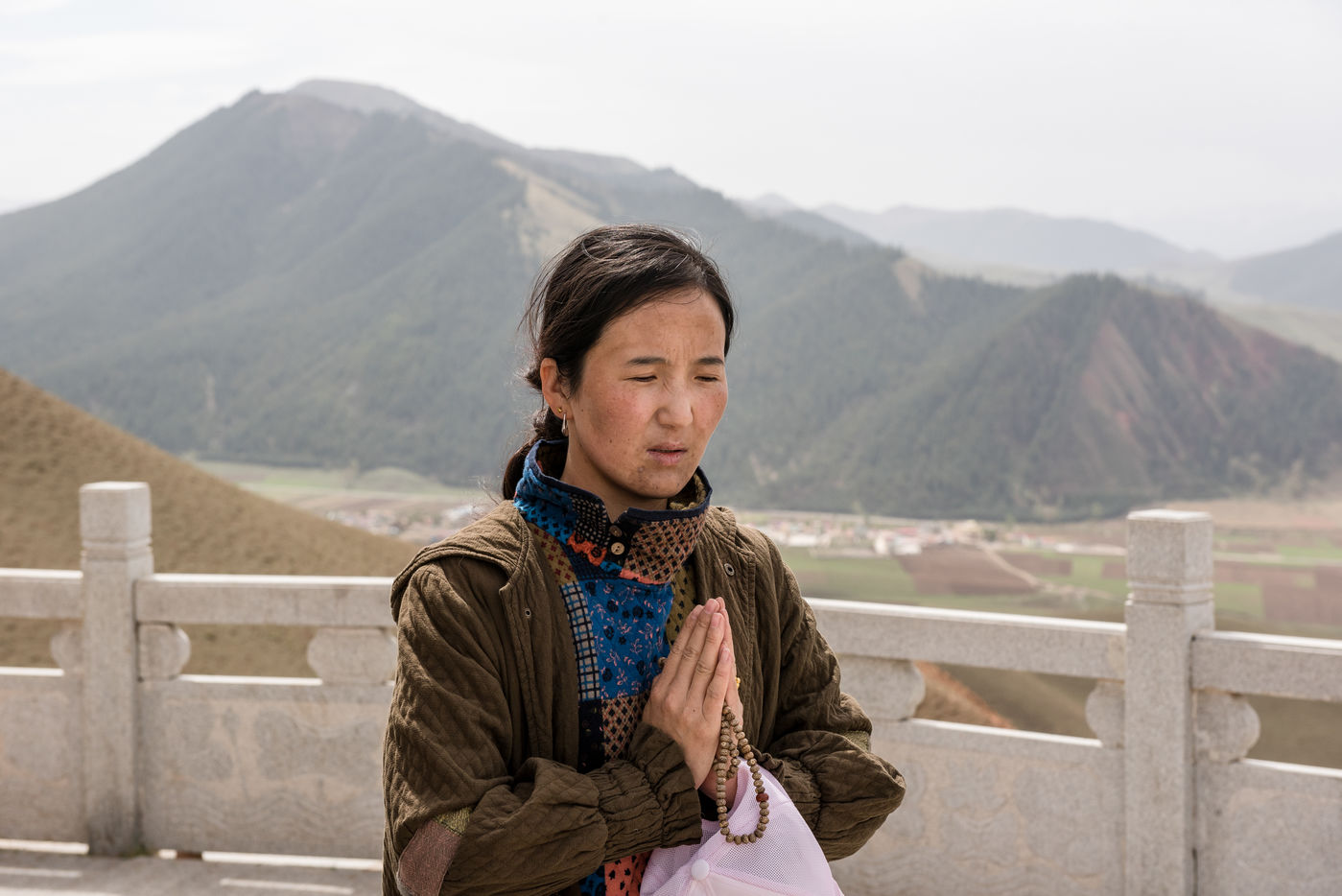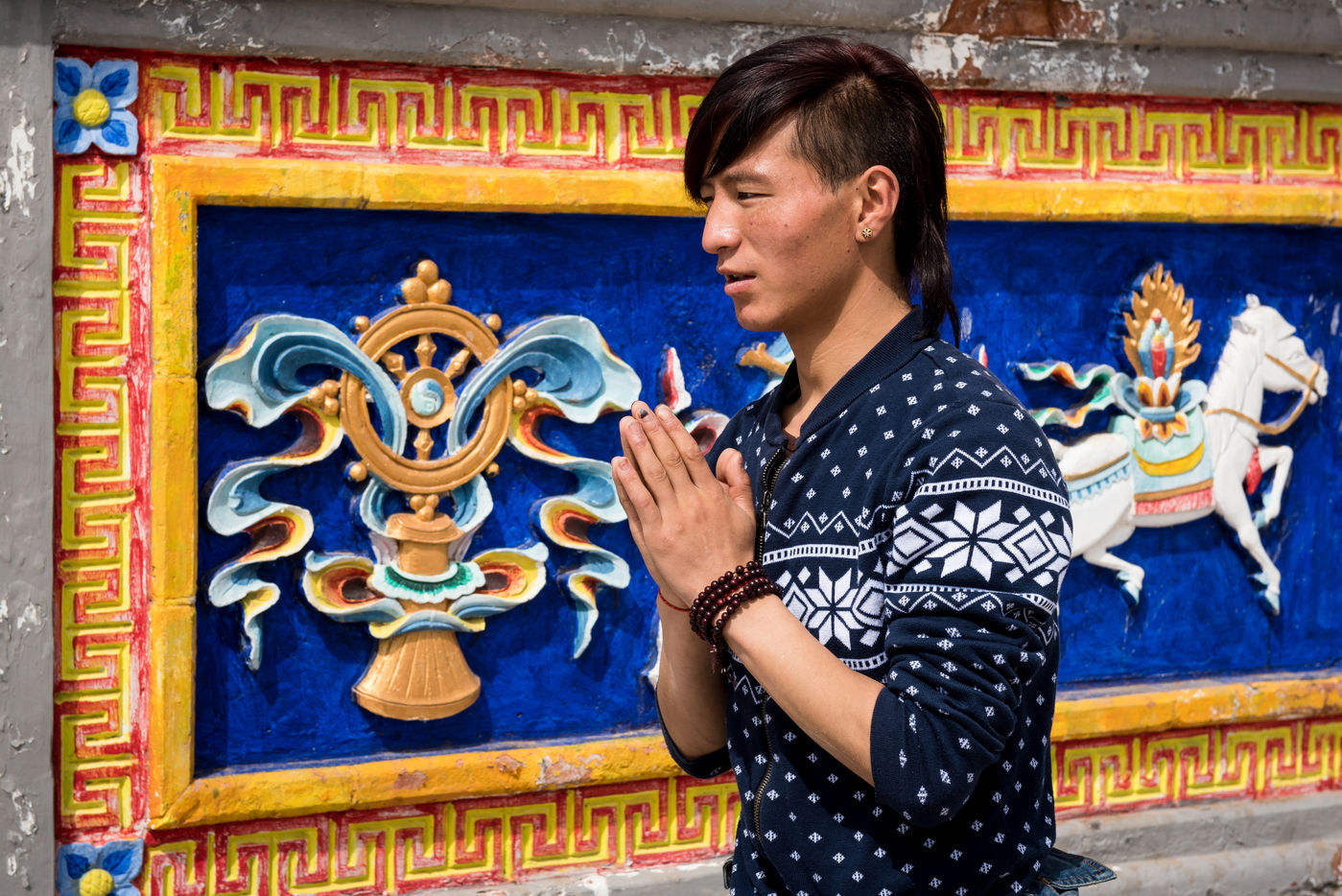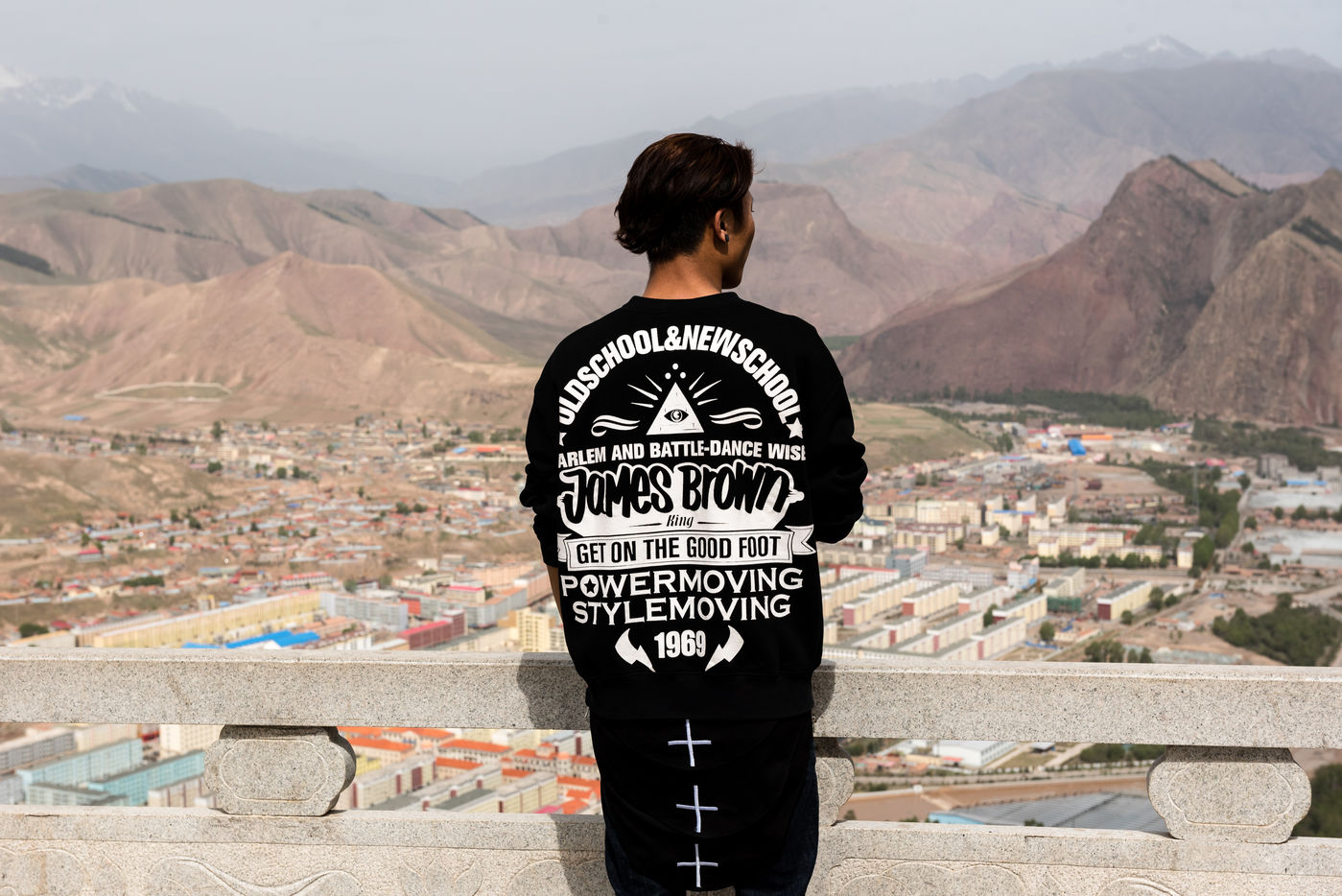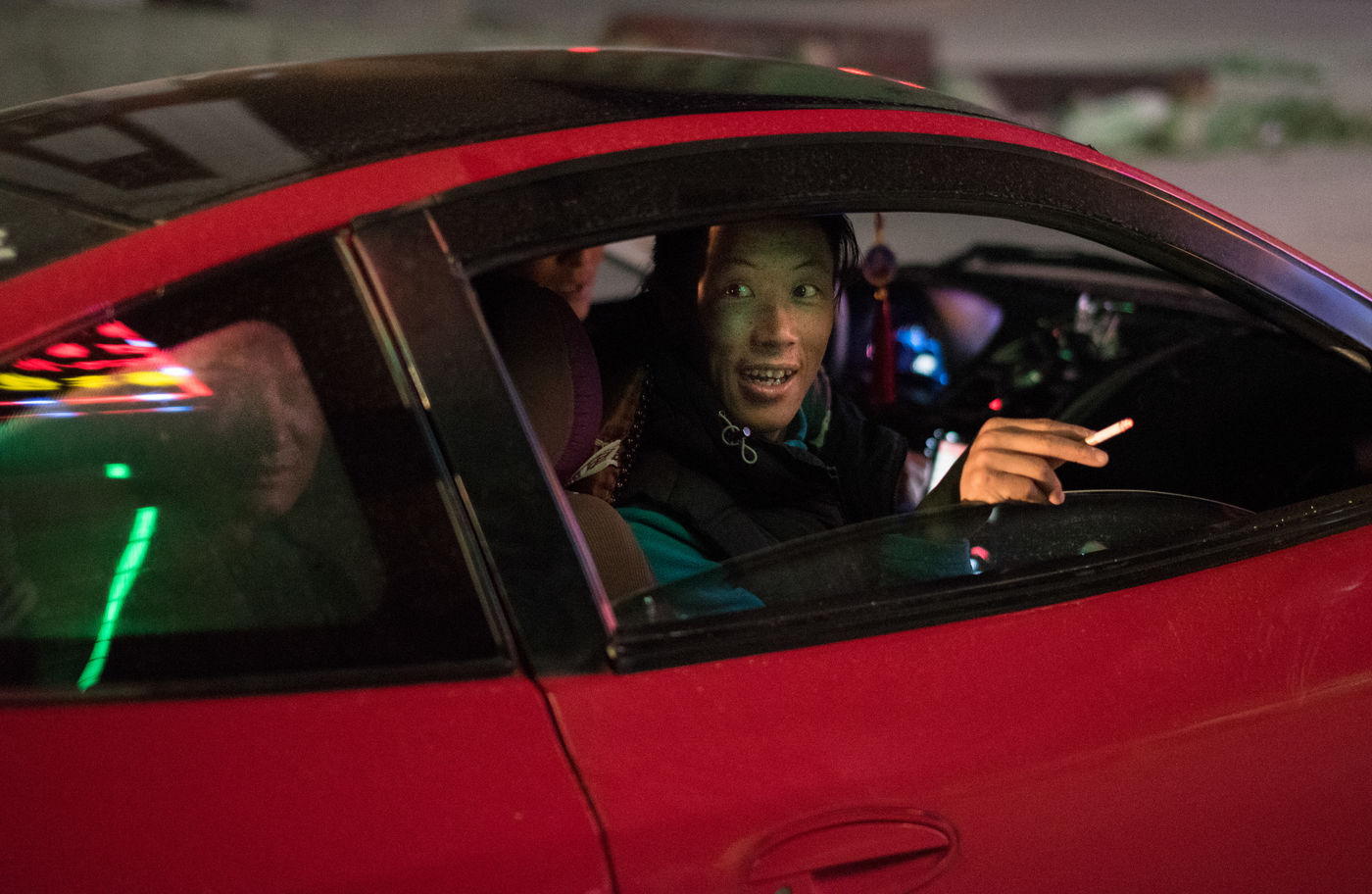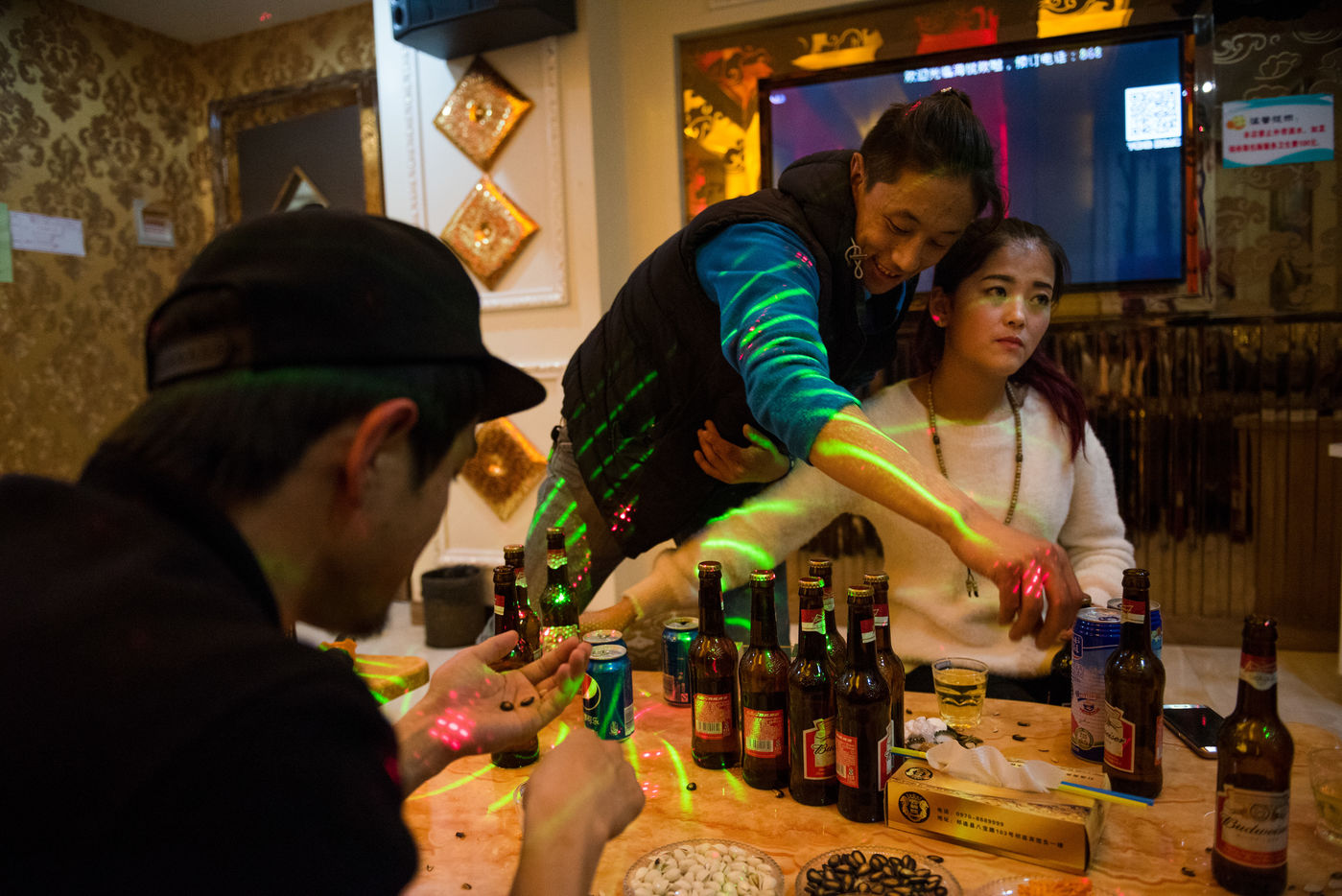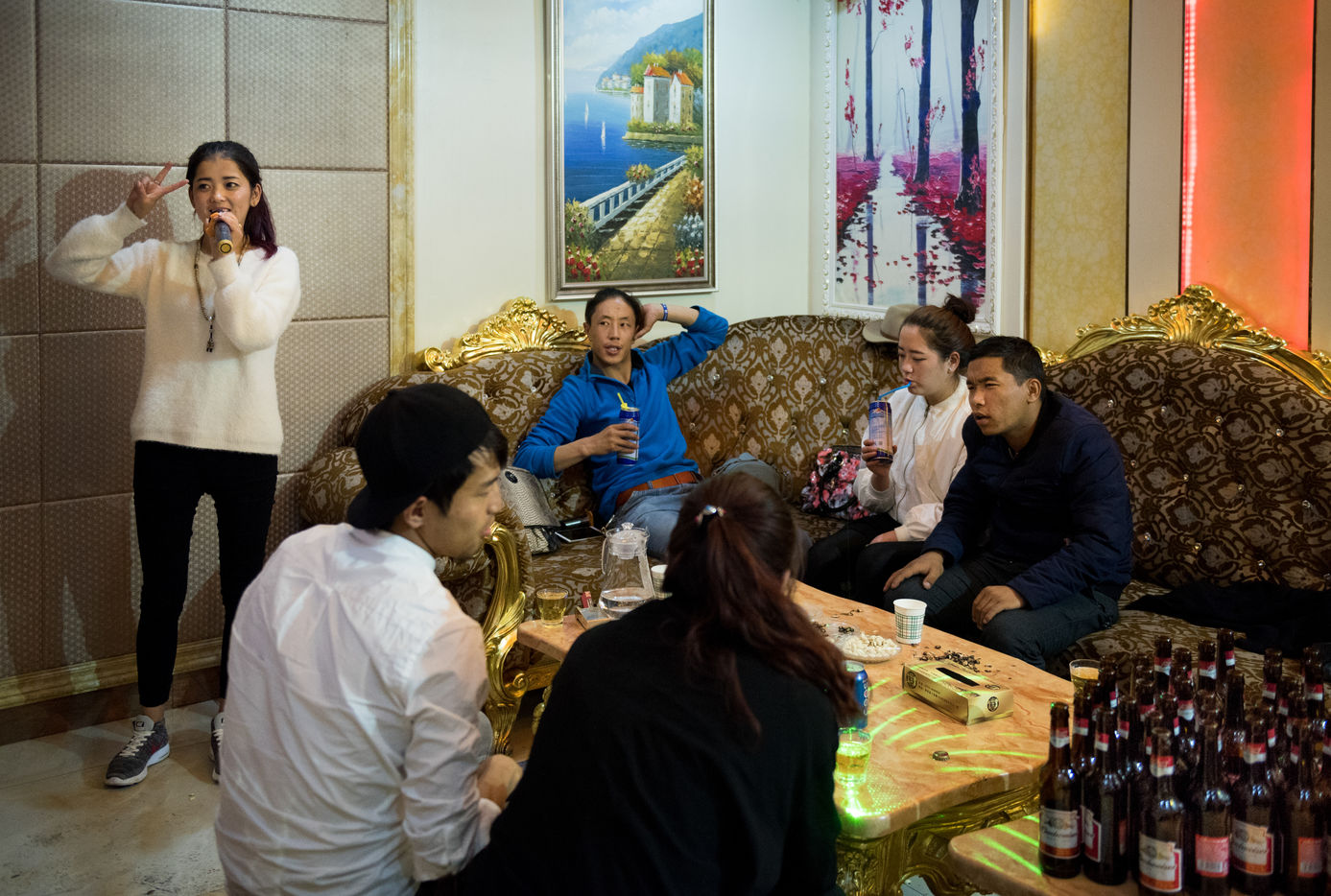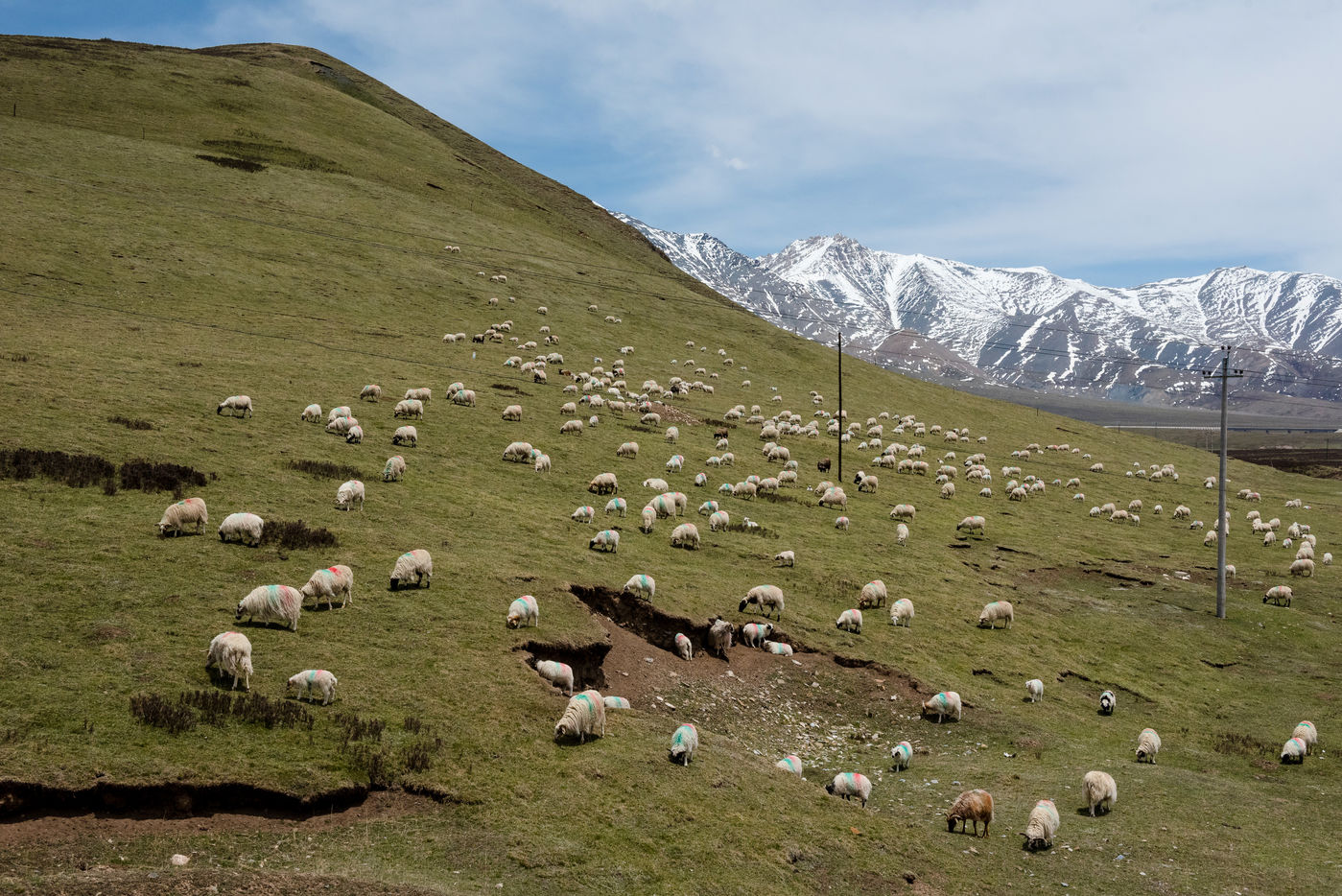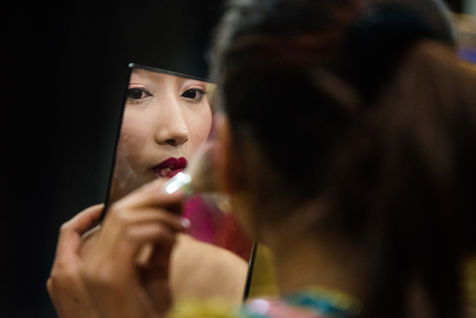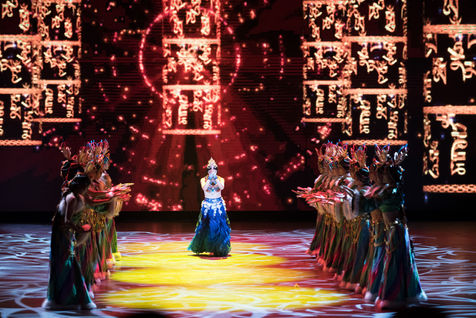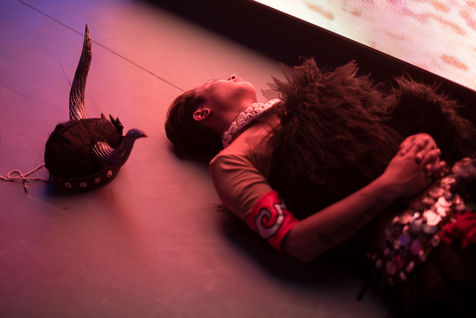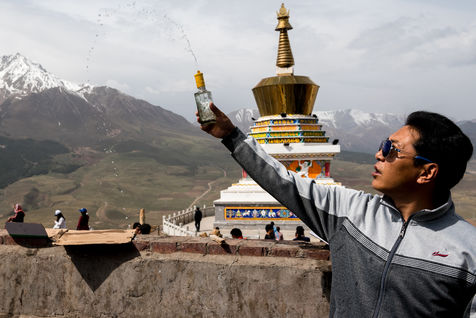« LES CIEUX DE QILIAN » : DANS LES COULISSES D'UNE TROUPE DE DANSEURS TIBETAINS
Qilian est une ville de la province chinoise du Qinghai. Elle fait partie de la préfecture autonome tibétaine de Haibei. En mai 2016, pour diriger le spectacle « Les cieux de Qilian », la troupe de Qilian a fait appel au jeune chorégraphe Laba Zhaxi, renommé à la fois pour les danses traditionnelles tibétaines et pour la danse contemporaine. La troupe est composée majoritairement de danseurs qui ont entre 20 et 30 ans, tous d'ethnie tibétaine. Leur spectacle s'adresse essentiellement à des touristes chinois han qui viennent visiter la région, célèbre pour ses magnifiques paysages. Si ces danseurs sont très attachés à leur identité, culture et religion, leur aspiration à certaines formes de modernité est également évidente : motos et voitures de sport remplacent les chevaux, et les tenues vestimentaires sont souvent loin du costume traditionnel. Sur scène, les costumes sont bien présents, sur fond d'écran LED géant. Et quand le spectacle est fini et que la troupe prend du bon temps, c'est direction le karaoké, où chants tibétains et pop « mainstream » han alternent, le tout bien arrosé de bière.
Texte et images de Laurent Hou.
"QILIAN HEAVENS": BACKSTAGE WITH TIBETAN DANCERS
Qilian is a small city in Qinghai province, China. It is part of Tibetan autonomous prefecture of Haibei. In may 2016, the local dance company commissioned the young choreographer Laba Zhaxi to direct the show "Qilian heavens". He is known for his knowledge of both traditional Tibetan dances and contemporary dance. All the dancers are ethnic Tibetan, mostly aged between 20 and 30. Their show aims at an audience of Han Chinese tourists who visit the region and enjoy its magnificent landscapes. The dancers are deeply attached to their identity, culture and religion. They nonetheless also aspire to modernity: motorbikes and sports cars replace horses, and clothing style is often pretty far from the typical Tibetan traditional costume. On stage, costumes are paired with the use of a huge LED screen. When the show is over and dancers can have fun, they head to karaoke, where they alternatively sing Tibetan music and mainstream Chinese pop, while drinking great amounts of beer.
Text and images by Laurent Hou.
